The Baltic Coast of the Kaliningrad Region: What to See and Visit with Kids?
Dunes, beaches, “dancing” forests, souvenir museums, Navy Day and a ship parade in the westernest part of Russia, an ornithological observatory, the world’s only industrial amber combine, a diver club in an amber excavation pit, and Witch Mountain – we’ve prepared a guide for you to help you find the most enjoyable places for your family on the Baltic coast. As for a guide on taking your kids around Kaliningrad itself, you can find that here.
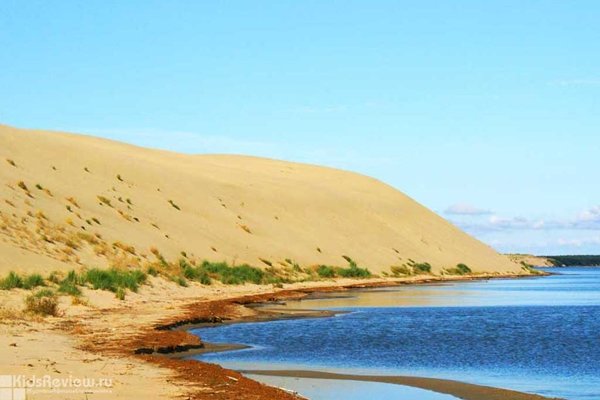
Curonian Spit, Zelenogradsk, and vacation in the Kaliningrad Region
Curonian Spit is one of the national parks included in the UNESCO world heritage list. The spit has a length of 98 kilometers and extends from Zelenogradsk (Kaliningrad Region) all the way to Klaipeda in Lithuania. The Curonian Spit is located 35 km from Kaliningrad and you should prepare to spend the whole day there when visiting it.
What is there to check out with your kids at Curonian Spit?
Museum Complex Visitor Center on Curonian Spit
14 kilometers down the spit is the Museum Complex with exhibitions going on all the time dedicated to the history and nature of the Curonian Spit. Then you can go outside to the “sensation trail”, which you must go down barefoot along with a spotted deer house and a wooden kids area with gnomes, horses, and slides.

Russian souvenir museum on the Curonian Spit
This place is located right on the territory of the museum complex. The museum is located in a separate hut where you can check out wooden figures of fictional characters from folklore –the river horse, the house goblin, and forest and yard spirits. Some of them happen to be your old acquaintances like a Babay for example, a one-eyed Lichas, or Kikimora and some of them you’ve probably never heard of.
Fringilla Ornithological Observatory on the Curonian Spit
The Curonian Spit is located in along the route of birds migrating into Southern Europe and Africa, hence the ornithological observatory located 23 kilometers out called Fringilla (Fringilla is from the Latin word for “finch”, a typical inhabitant of the Curonian Spit). The observatory works from April to October and you can only visit it by scheduling a tour (groups of 6 people and up). During the tour, the observatory employees will show you how they catch, tag, and release birds.
“Тhe Dancing (Drunken) Forest” on Curonian Spit
37 kilometers down the spit is an unusual forest lot called the “Dancing” or “Drunken” Forest. The pines there are whimsically arched at the lower part of the trunk and some of them even resemble loops, hence the illusion that they are “dancing”. There are many legends about this forest and tourists have thought up various superstitions, such as “if you hug a pine tree you get a wish”. The park employees, however, do not like when visitors “meddle” with the pine trees and even hang warning signs on them.
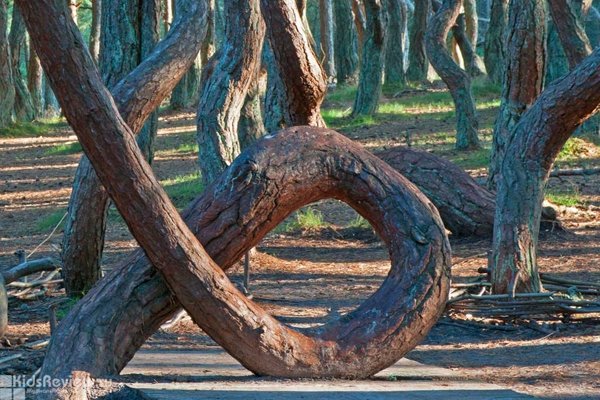
Located 42 kilometers down Curonian Spit is Viper Heights, the highest point on Curonian Spit. Situated there is an observation deck, a view of the white dunes, the sea, the bay, sand settlements, and a Sea settlement.
In Rybachy village, you can go for a walk on the wooden boardwalk and check out the old Kirche (currently an orthodox temple).
Constructed in the Lithuanian part of the spit is a bicycle course and you’ll find the same kind in all of the nearby population centers.
Nearby Juodkrante village is Witch Mountain, a sacred place of the Curonian tribes. This place was once found by master wood carvers and they started their own art camp there. Thus, since 1979 the mountain began “growing” full of horrific wooden sculptures like the Gates of Hell and witches.
The museum is situated in an old German fortress called Kopgalis. Along the road to the museum you can stop by old fishing cabins with restored interiors and you can look at a ship as well built by a simple fisherman from Klaipeda according to ancient designs. Collected at the museum is a multitude of sea shells and anchors of various constructions as well along with many different ship models.
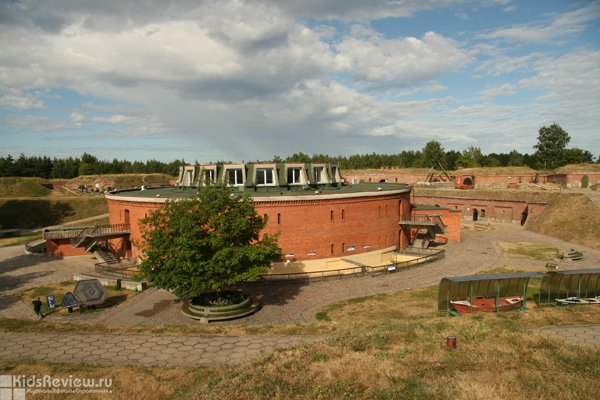
Living in the aquarium are grey sea lions, sting rays, penguins, and in a separate pool is a school of trout. Hosted in the dolphinarium is a show involving dolphins, sting rays, and Californian sea lions.
Baltiyskaya Spit, Kaliningrad Region
The Baltiyskaya Spit (a long strip of sandy beaches and dunes) extends from Baltiysk to Poland and tourism there is mostly “roughing it”. People go there to camp or just for a walk in search of German facilities deserted during World War II (a former German air base, warehouses of weapons, firing grounds, and more).
You must take a car or a commuter bus to get from Kaliningrad to Baltiysk and then you are to take a ferry or a motor boat to the Baltiyskaya Spit. A second option is to embark on a journey around the Kaliningrad Region from Baltiysk after leaving there on a ferry from Ust-Luga (150 km from Saint- Petersburg).
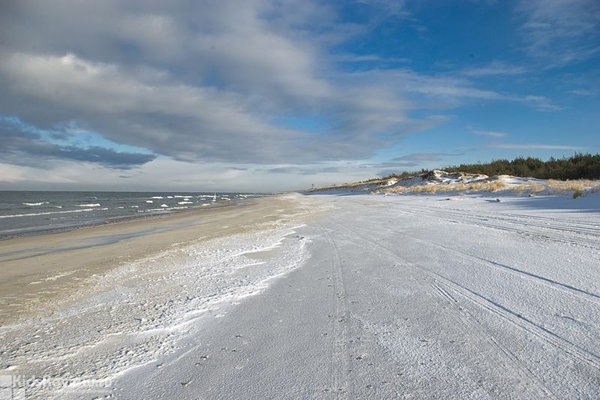
From the Russian side, the Baltiyskaya Spit begins from a canal out of Baltiysk. This is the westernest city in Russia and a base of the Baltic fleet. Floating at the roadstead there are Russian ships and the biggest celebration is Navy Day (the last Sunday of July). On Navy Day they wheel a ship parade and the famous C-300 rocket systems.
You can check out models of war ships along with their newest exhibit – the Somali pirate ship. A branch of the museum is located on the Swiss Fortress as well where the main exposition operates along with several temporary ones. You won’t be able to make it to the rest of the fortress territory, but on Navy Day there they host a military technology exposition.
Located in Baltiysk is a statue in honor of Empress Elizabeth Petrovna – the world’s largest equestrian statue of a woman.
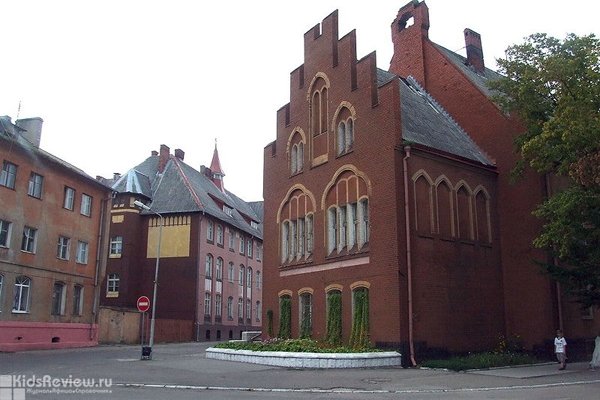
Svetlogorsk, Kaliningrad Region
Svetlogorsk is a resort of federal importance with beaches, a riverbank, restaurants, and recreation houses where they offer dirt and water treatment procedures. Even if you’re not planning on stopping by for a long time, you should visit Svetlogorsk anyway, if only just for a day. The city is green and cozy with low houses, sun dials on the riverbank, and a beautiful tower over a water treatment facility, which is the symbol of the city.
How do you get to Svetlogorsk?
You can get there from Kaliningrad by street train, long-distance bus, or car. The distance between Kaliningrad and Svetlogradsk is 35 km.
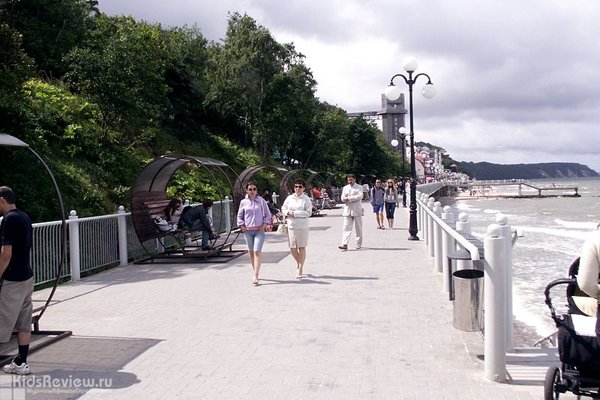
What is there to check out in Svetlogorsk with your kids?
The hall operates in an old catholic chapel. The afternoon and evening organ concerts are held every day but Monday.
Herman Brachert House Museum in Svetlogorsk, Kaliningrad Region
The museum is dedicated to the famous German sculptor who created many sculptures for Konigsberg, taught in an arts school in Konigsberg, and worked as a consultant for amber manufacturing. In the museum, they hold exhibits and concerts for children.
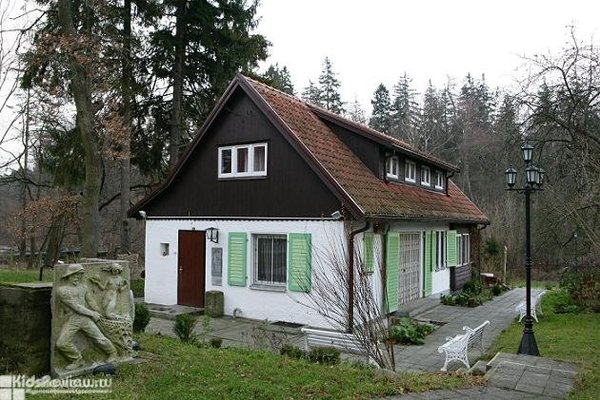
Yantarny village, Kaliningrad Region
There is "yantar" (amber) everywhere on the Baltic, but the most famous place for amber is Yantarny village. Located there is the Industrial Amber Combine and every year they hold the Amber Capturing Contest. They also have a diver school there, a horse riding school, and bicycle, catarman, and boat rentals.
How to get to Yantarny
You can get to Yantarny from Kaliningrad on a long-distance bus or by car. The distance to Kaliningrad is 48 km.
What is there to check out in Yantarny with your kids?
The Industrial Amber Combine in Yantarny, Kaliningrad Region

The only industrial company in the world concentrating on the extraction of amber accounting for 90% of the amber extracted worldwide (about 200 tons per year). There is a museum also at the combine where tour guides show you the ancient mineral of amber, let visitors sit on an amber throne, and talk about how they extract, develop, and utilize amber. From the observation deck of the combine, you can see the largest and only Seaside Amber Deposit in the world. They also have a mini strip mine set up where you can try capturing amber yourself.
In place of an old strip mine formed Amber Lake, constructions remain at the bottom, an underwater forest emerged, and thus it has become a beloved location for divers. Furthermore, on the shore of the lake is Demersus Diving School.
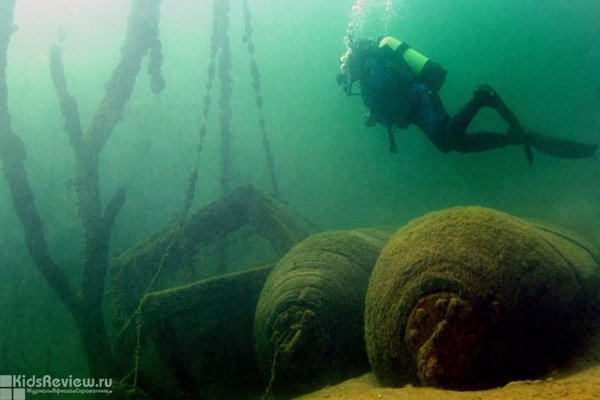
You can pay for one-time emersions and classes at the diving club, including children that are at least 10 years old.
Becker City Park in Yantarny
In the old park created as early as the 19th century by a merchant named Becker who was nicknamed “the amber king” is a multitude of rare species of plants, such as Japanese larches, red oaks, and even a tulip tree, which flourishes every summer.
Photos: park-kosa.ru, muziejus.lt, wikipedia.org, ambercombine.ru, demersus.ru
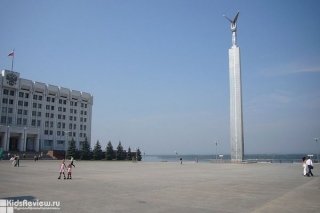
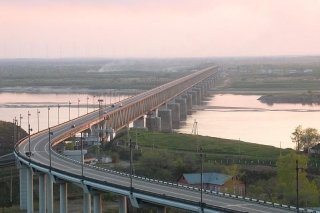
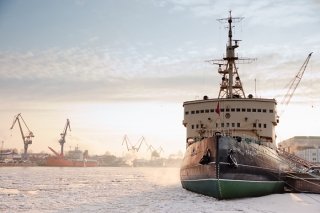
Comments and reviews (0)
Before leaving a comment please have a look at our rules.